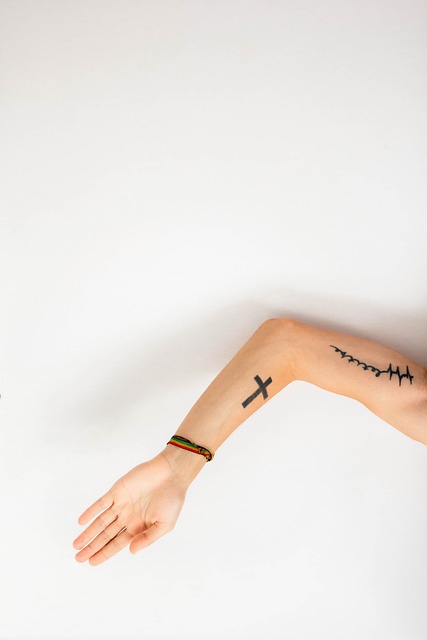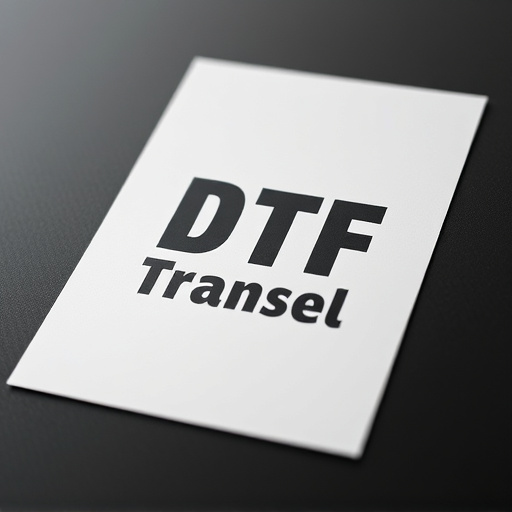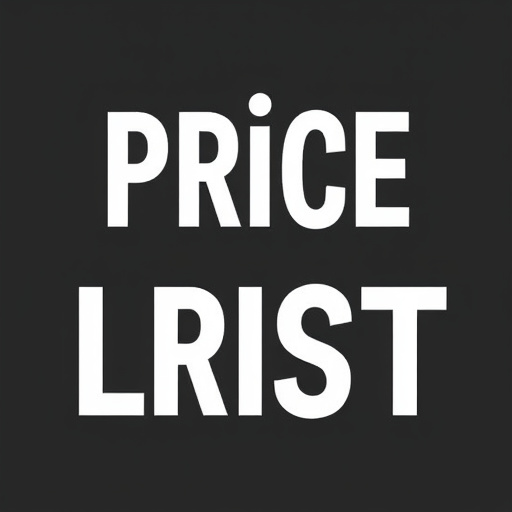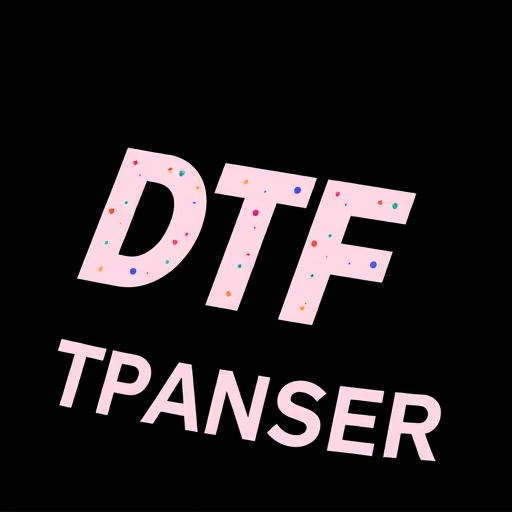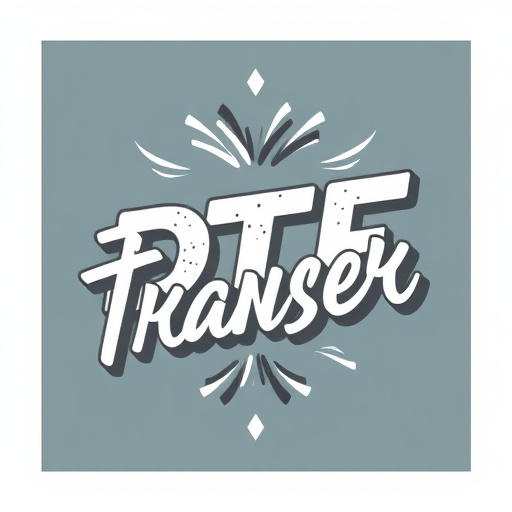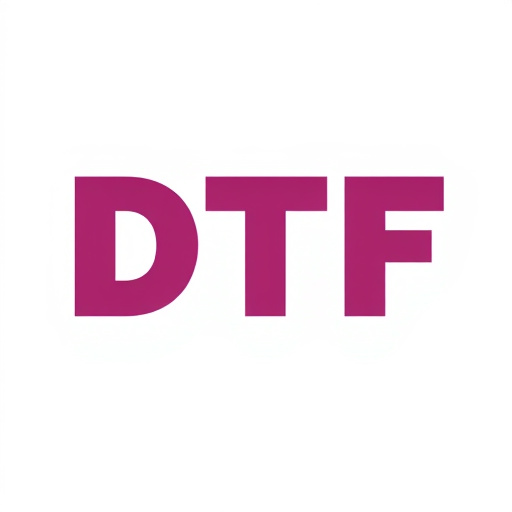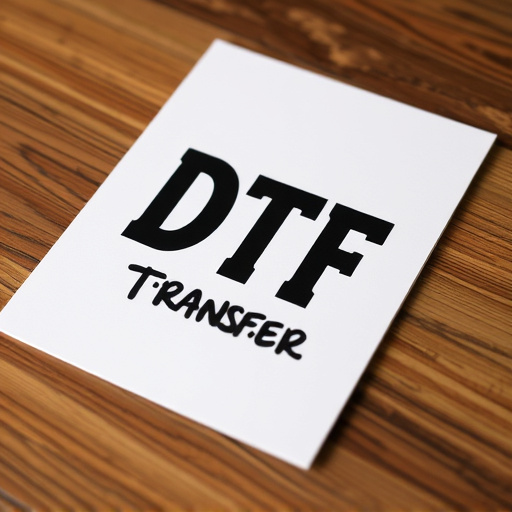Direct-to-film (DTF) technology is a cutting-edge printing method that combines elements of screen and digital printing to create vibrant, multi-colored designs with precise details. Ideal for textiles, plastics, and metals, DTF offers rich colors, crisp lines, and fine detail capture, streamlining production while reducing waste. The process involves artists conceptualizing their design, translating it into digital formats, and printing onto film, which is then transferred to a substrate under heat and pressure. DTF is versatile across various industries, including apparel, signage, advertising, and packaging, offering cost-effective solutions for short-run or custom projects that require high-quality prints.
Discover the captivating world of vibrant multi-colored designs with direct-to-film (DTF) technology. This innovative printing method is transforming industries by offering a dynamic range of colors and intricate patterns previously unattainable. From apparel to signage, DTF transfer excels in creating visually stunning pieces that pop off the screen. Learn how this technology works, its benefits, the application across sectors, material selection tips, and expert tricks for achieving remarkable DTF prints.
- Understanding Direct-to-Film (DTF) Technology: A Brief Overview
- Benefits of DTF Transfer for Creating Vibrant Multi-Colored Designs
- The Process: From Design to Final DTF Prints
- Applications of DTF Printing in Various Industries
- Choosing the Right Materials for Optimal DTF Results
- Tips and Tricks for Achieving Stunning DTF Transfers
Understanding Direct-to-Film (DTF) Technology: A Brief Overview
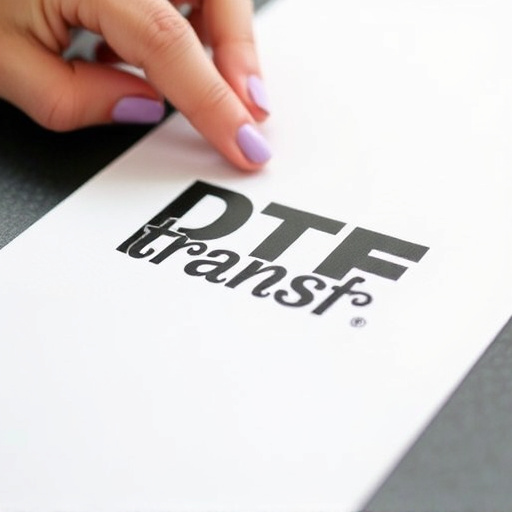
Direct-to-film (DTF) technology is a cutting-edge printing method that has revolutionized the way we create vibrant, multi-colored designs. Unlike traditional printing processes that rely on intermediate steps, DTF transfers ink directly onto film, enabling precise and detailed prints. This innovative approach ensures that colors remain rich and true-to-life, making it a preferred method for producing high-quality graphics, especially in the apparel industry.
DTF technology combines elements of both screen printing and digital printing. It starts with a special ink formula that is applied to the film using precision machines. The film is then pressed against the substrate (like fabric or plastic) under heat, transferring the ink permanently onto the surface. This process allows for complex designs, from simple logos to intricate patterns, all while achieving exceptional color vibrancy and durability. DTF prints are known for their crisp lines, vivid colors, and ability to capture fine details, making them a go-to choice for creating visually appealing and long-lasting products.
Benefits of DTF Transfer for Creating Vibrant Multi-Colored Designs

The Direct-to-Film (DTF) transfer technology is a game-changer when it comes to creating vibrant multi-colored designs, offering several key advantages over traditional printing methods. One of the most significant benefits is its ability to produce rich, true-to-color prints with exceptional vibrancy and opacity. DTF allows for the application of ink directly onto various materials, including textiles, plastics, and metals, ensuring that every detail and color is precisely delivered. This makes it ideal for designers looking to achieve complex, eye-catching patterns and gradients without compromising on quality.
Furthermore, DTF Printing provides a cost-effective solution for bulk orders with multi-colored designs. Unlike traditional printing which may require separate plates or screens for each color, DTF can print multiple colors in a single pass, streamlining the production process and reducing waste. This efficiency makes it a popular choice for custom merchandise, apparel, and promotional items where a wide range of vibrant DTF prints is required without breaking the bank.
The Process: From Design to Final DTF Prints

The process of creating vibrant multi-colored designs using direct-to-film (DTF) technology involves several precise steps to ensure optimal results. It begins with the initial design phase where artists and designers conceptualize their creative vision. Using specialized software, they translate these designs into digital formats suitable for DTF transfer. This digital art is then prepared for printing by setting up the file with accurate color profiles and resolutions, ensuring each element is ready for precise replication on the final medium.
Once the design is finalized, the DTF transfer process commences. The digital image is printed directly onto a film, which acts as an intermediate layer. This film is then carefully positioned over the desired substrate, whether it’s fabric, vinyl, or other materials. Heat and pressure are applied to fuse the film and its ink into the surface, creating a permanent and vivid print. After cooling, the excess film is removed, leaving behind a precise, multi-colored DTF transfer that matches the original design intent. This method allows for intricate details, bold colors, and exceptional vibrancy, making it a preferred choice for producing visually appealing, customized products.
Applications of DTF Printing in Various Industries
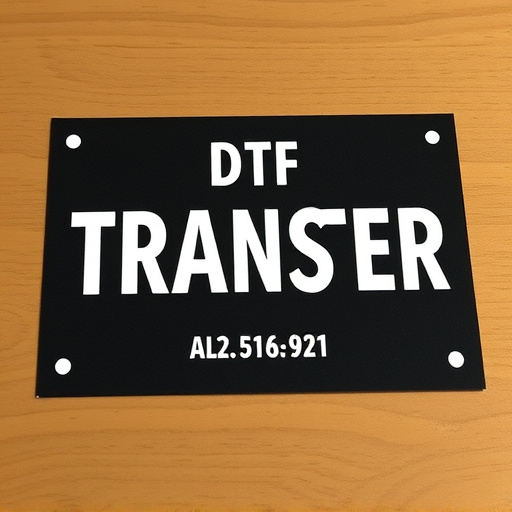
Direct-to-film (DTF) printing has revolutionized various industries by offering vibrant multi-colored designs with intricate details. This technology is widely used in the textile industry for creating custom apparel, accessories, and home decor items. DTF Transfer allows for high-quality prints on a range of materials, including cotton, polyester, and nylon, making it versatile for different applications.
Beyond textiles, DTF Printing has found its way into signage and advertising. It enables businesses to produce eye-catching banners, posters, and vehicle wraps with bold colors and fine lines. Additionally, the technology is increasingly utilized in the packaging industry for creating visually appealing product packaging that enhances brand identity. DTF prints offer a cost-effective solution for short-run or custom printing projects across multiple sectors.
Choosing the Right Materials for Optimal DTF Results

When it comes to vibrant multi-colored designs using direct-to-film (DTF) technology, choosing the right materials is crucial for achieving optimal results. The first step is to select high-quality films that are compatible with DTF printers. These films should offer excellent color accuracy and opacity, ensuring that each color layer is precisely transferred without any bleeding or overlap. Look for films made from durable, long-lasting materials that can withstand the rigors of production and outdoor exposure, if applicable.
Additionally, using precise DTF transfer tools and techniques is essential. This includes accurate cutting and weeding tools to ensure clean lines and precise application of each color layer. The right adhesive systems should also be chosen based on the specific film and substrate combination to guarantee a strong bond between the DTF print and the final material. By paying attention to these details, you can produce stunning multi-colored designs with crisp, vibrant DTF prints.
Tips and Tricks for Achieving Stunning DTF Transfers

Achieving stunning DTF transfers requires a blend of technical skill and creative vision. First, select high-quality materials: use vinyl with a smooth finish for optimal print clarity and durability. Calibrate your printer settings precisely to match the material’s specifications, ensuring accurate color reproduction and precise cutting.
Before applying the DTF transfer, prepare the surface meticulously. Clean it thoroughly to eliminate any dust or debris, then roughen it slightly using an appropriate solvent or sandpaper to enhance adhesion. Play with design elements: incorporate gradients, bold lines, and intricate details for captivating visuals. Experimentation is key; layering colors and using masking techniques can create depth and dimension in your DTF prints.

